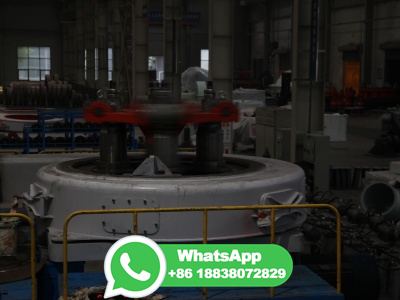Coal And Petroleum Class 8 Notes
WEBJul 7, 2021 · The process of coal formation is called carbonisation. The dead plants and vegetation due to temperature and high pressure over hundreds of years slowly turned into coal. This slow conversion of dead plants and forests into coal is called the process of carbonisation. ... Q. Explain the process of formation of petroleum. Ans. Petroleum .








![[Kannada] Explain the process of formation of petroleum.](/ndcr6bp/191.jpg)






















